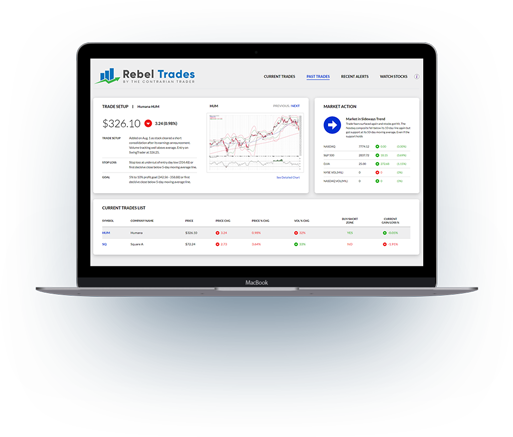- A
- Assignment: The process by which an options contract holder (buyer) is obligated to fulfill their contract’s terms, typically to buy or sell the underlying asset.
- B
- Bearish: A market outlook where an investor believes the price of the underlying asset will decrease. Traders may use bearish options strategies to profit from declining prices.
- Bullish: A market outlook where an investor believes the price of the underlying asset will increase. Traders may use bullish options strategies to profit from rising prices.
- C
- Call Option: A type of option contract that gives the holder the right (but not the obligation) to buy the underlying asset at a predetermined price (strike price) within a specified timeframe.
- Collar: An options strategy involving buying a protective put and selling a covered call on the same underlying asset, often used to limit potential losses while capping potential gains.
- Covered Call: A strategy where an investor holds a long position in the underlying asset and sells a call option on the same asset to generate income.
- Credit Spread: A spread strategy where a trader simultaneously sells an option and buys a higher-strike option, resulting in a net credit to their account.
- D
- Debit Spread: A spread strategy where a trader simultaneously buys an option and sells a lower-strike option, resulting in a net debit from their account.
- Delta: A measure of the change in the option’s price in relation to a change in the price of the underlying asset. It indicates the option’s sensitivity to price movements.
- E
- Expiration Date: The date on which an options contract becomes void and can no longer be exercised. Options expire on the third Friday of the expiration month.
- I
- Implied Volatility: A measure of market expectations regarding the future price volatility of the underlying asset. Higher implied volatility often leads to higher option prices.
- L
- Long Position: Owning or holding a security, such as an options contract, with the expectation that its value will increase.
- N
- Naked Option: Selling an option contract without owning the underlying asset. Naked options carry higher risk due to unlimited potential losses.
- O
- Option Chain: A list of available options contracts for a particular underlying asset, showing various strike prices and expiration dates.
- Out-of-the-Money (OTM): An option whose strike price is not favorable for exercising. In the case of a call option, this is when the market price is below the strike price. For a put option, it’s when the market price is above the strike price.
- P
- Put Option: A type of option contract that gives the holder the right (but not the obligation) to sell the underlying asset at a predetermined price (strike price) within a specified timeframe.
- S
- Short Position: Selling a security, such as an options contract, with the expectation that its value will decrease.
- Spread: A trading strategy that involves simultaneously buying and selling options contracts with different strike prices or expiration dates.
- T
- Theta: A measure of how much an option’s value decreases as time passes, also known as time decay.
- Vega: A measure of how much an option’s price changes in response to a change in implied volatility.
- W
- Writer (Seller): The person who sells an options contract and receives the premium. They may be obligated to fulfill the contract if the buyer decides to exercise.
- Remember that options trading involves substantial risk and may not be suitable for all investors. It’s important to thoroughly understand these terms and concepts before engaging in options trading.
0 Comments



